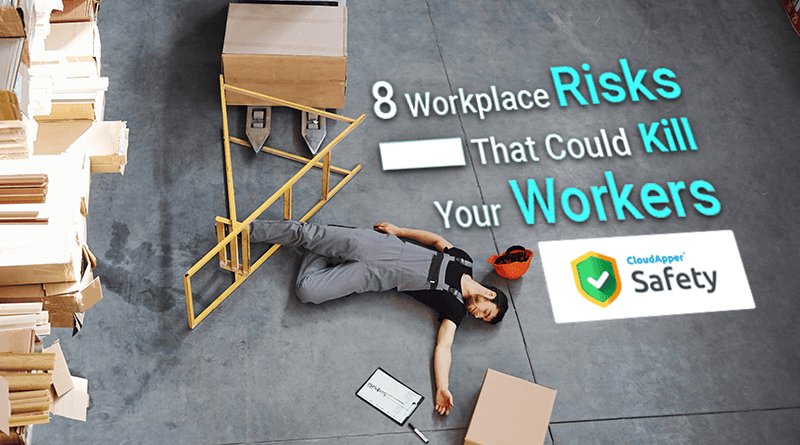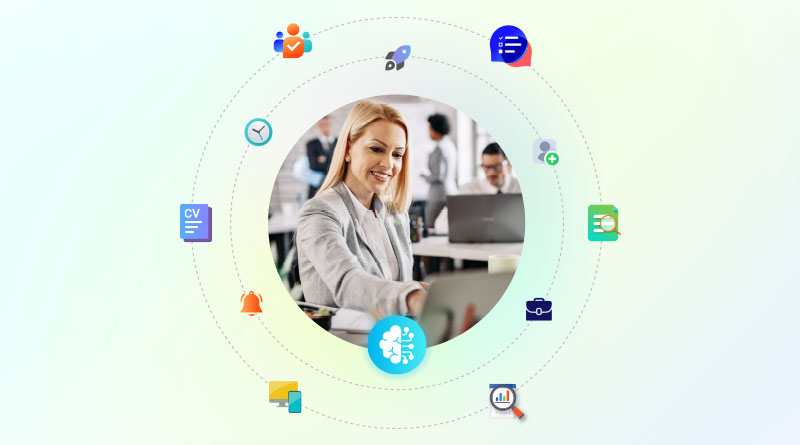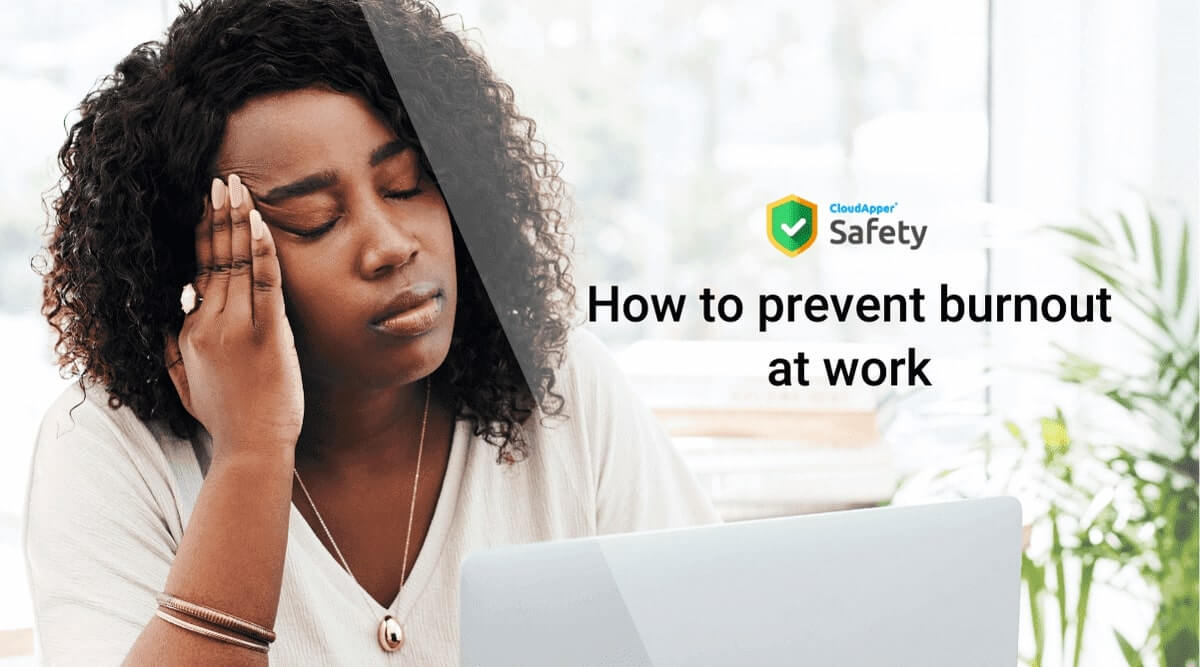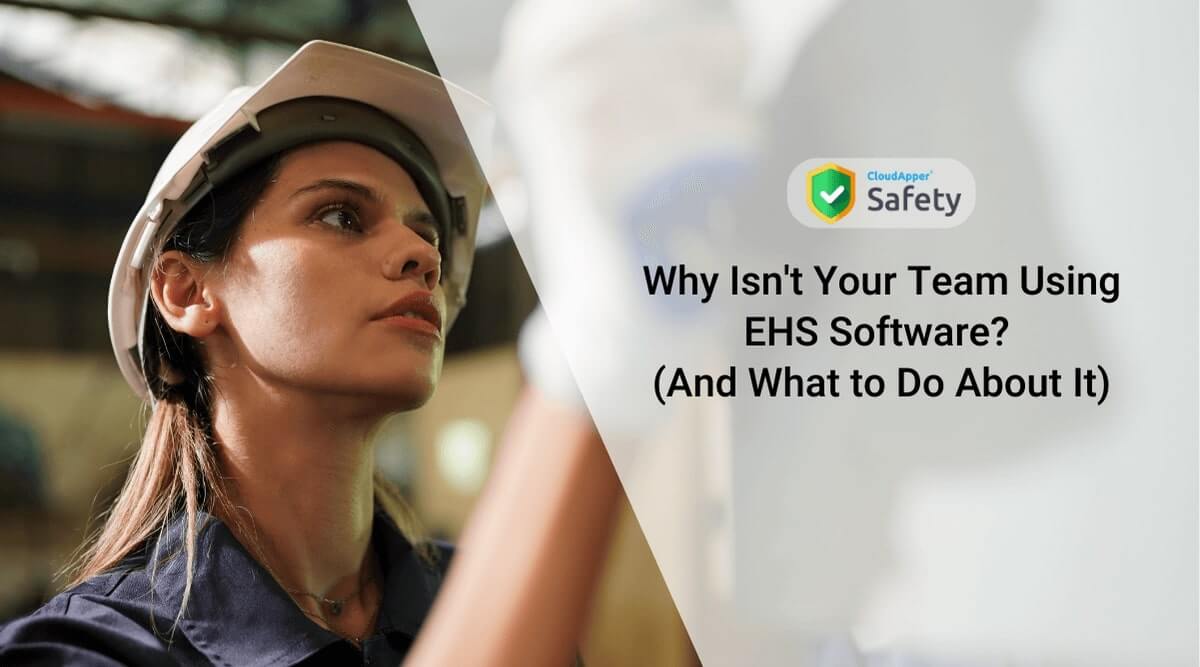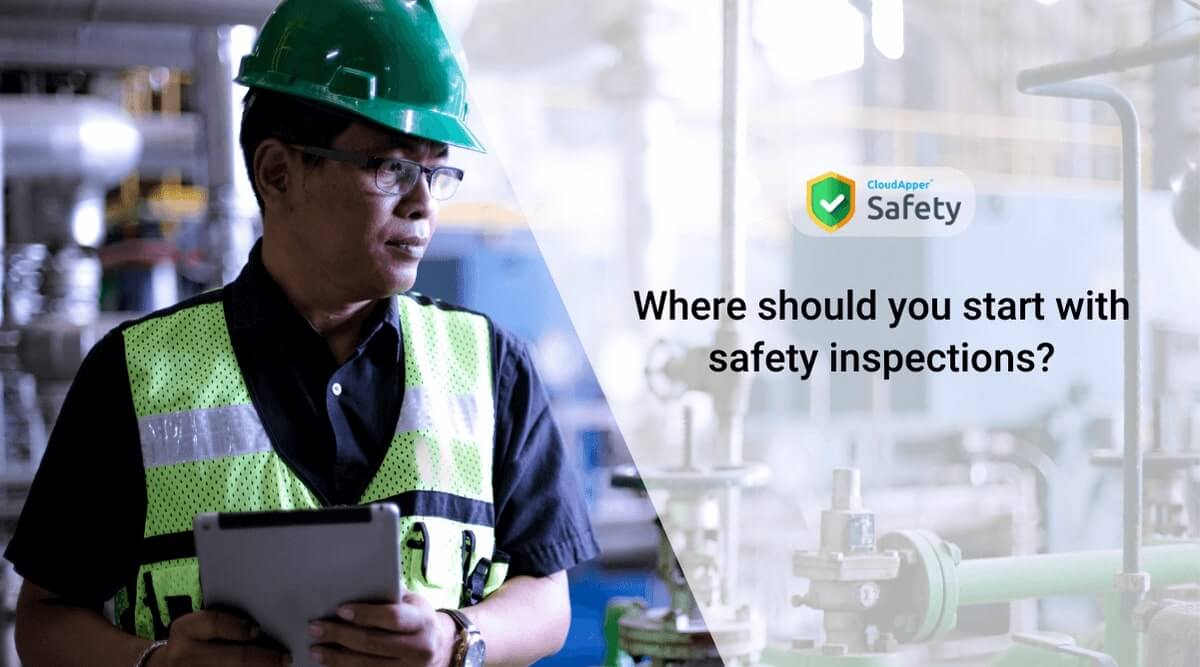Table of Contents
There are workplace hazards that can kill or seriously injure people in any business. As a Safety and/or Training Manager, you work hard to ensure that personnel are properly trained in risk reduction. You do everything you can to keep the workplace safe.
Workers on foot are protected from moving plants and equipment in work zones with safe workflows. Workers are reminded of workplace hazards that can result in fatal injuries via posters and warnings posted throughout the workplace. Working from the top down, you’ll only use people wearing PPE as a last resort, according to the safety hierarchy of controls.
But, once all is said and done, workplace hazards continue to be overlooked, resulting in injuries and fatalities.
We’ll talk about the eight most common workplace hazards that can kill or cause significant injury in your workplace. We analyze complacency and ways to refocus employee attention on workplace concerns. We also present crucial control strategies for each of the eight risks to help workers stay safe on the job.
Complacency has taken hold
At your safety induction, you’ve trained all new employees. It was likely to be extensive and take several hours. You’ve covered all of the major risks and emphasized their seriousness.
To ensure practical competency, you’ve conducted face-to-face training. You’ve decided to use e-learning to remind and educate your staff about working properly. However, incidents continue to occur, and employees continue to be wounded.
Or you’ve heard about or seen too many near-misses. You’re worried that the next near miss may result in a workplace hazard that could kill someone. So, what exactly do you do?
Workplace risks have grown common, and complacency has been entrenched. You must re-energize and arouse people to pay attention to workplace dangers that can kill or gravely hurt them.
A dedicated hazard perception training program is now required. The safety hierarchy of controls should also be used to support this training.
Employees should be protected by focusing on significant hazards and management mechanisms throughout training. But keep in mind that danger perception training should be repeated on a regular basis to refresh and remind employees.
Workplace Hazards Training: How Important Is It?
Training increases hazard perception abilities and influences work health and safety behavior. CloudApper Safety provides interactive and engaging hazard perception training through mobile devices and the internet. Within industry-specific situations, we concentrate on important risks and typical workplace dangers that can kill. The platform offers a large collection of pre-built training courses in a variety of industries. We can also create custom training content if we don’t have it now.
The platform is so much more than a video archive. We offer a comprehensive training platform that includes your safety induction, content customization, in-built assessments, certificates, and in-depth analysis reporting that provides a comprehensive audit trail and shows you where to focus your future training efforts.
If you’d like to know more, please contact us or click through to try a free 14-day trial to showcase what we offer on the platform.
What Are Some of the Most Dangerous and Critical Workplace Hazards?
There are eight common workplace dangers that are listed on the critical risk registers of most businesses.
1. Working from a High Place
Falls from great heights are a workplace hazard that can kill or seriously injure workers. Working at height, equipment should be inspected and serviced on a regular basis before being used. Harnesses, lanyards, and anchor points are examples. Anchor points must be able to sustain the force applied if a person falls. Complete flooring, handrails, edge protection, barriers, and toe-boards are required on work platforms and scaffolds. This keeps people, tools, and materials from falling to the lower levels. Work platforms must have a secure point of entry and exit, as well as edge protection.
2. Suspended Loads
Working near cranes and lifting equipment can put workers at risk of being injured by suspended loads. Under no circumstances should anyone work, walk, or reach under a suspended load. Safe working loads that can be safely carried must be plainly visible on all lifting equipment. A lift strategy should be in place for all lifting tasks. The overall weight and height of the item to be lifted should be included in the lift plan along with information about the lifting equipment (crane and rigging) to be used, as well as the proximity to risks, such as energized power lines. Barricades or an exclusion zone around the crane must be built to cover the whole operating area. Unauthorized persons must not be allowed to enter the drop zone.
3. Use of electricity
When you come into contact with electricity, you’re more than likely to be seriously injured or killed. Before using portable electrical equipment, make sure it’s free of flaws. If it is discovered to be defective, it should be isolated, marked, and put out of service. On the equipment, there should be a current test tag. Electrical work should only be performed by a licensed electrician. When working in high-voltage environments, ARC certified electrical PPE with a voltage exposure rating should be worn.
4. Isolations
Equipment movement that is unexpected, as well as the release of stored energy hazards, can result in serious and deadly injuries. To prevent unexpected movement of plants, equipment, or energy releases, personal isolation locks and tags should be used. Only the employee who applied the isolation tags or locks has the authority to remove them. It is also critical that the tags and locks be removed as soon as the procedure is completed.
5. Hazardous Materials
Exposure to hazardous materials, such as chemicals and asbestos, can lead to serious and long-term injury. All containers or plants being used for the storage and handling of hazardous materials must be suitable and safe for use with those materials. Any spills, leaks, or inadvertent release of material need to be confined within the area where they occur. Immediate action must be taken to assess and control any risks arising from them. All work areas should be provided with adequate fire control measures. All hazardous waste materials, including empty hazardous materials containers, should be disposed of according to the SDS.
6. Physical Separation and Barricading
One of the most common workplace hazards is not separating humans from moving machines. Guarding should be put on all moving equipment parts that provide a risk of projectiles or trapping. Isolation methods must be implemented whenever guarding on plant, equipment, or machinery is to be temporarily withdrawn or deactivated. Emergency stops should be set on plants and equipment that are visible and easy to reach. There should be signs and barricades in place to warn children of the dangers and to limit their engagement with moving plants and machinery.
7. Fire and Emergencies
Multiple deaths might result from fires and other such incidents. Prepare an emergency plan that specifies what employees and others at the company should do in the event of an emergency. Emergency and evacuation methods, how to inform emergency services, medical care and aid instructions, and communication protocols between Safety Wardens and other workers should all be included in an Emergency Plan. Everyone should be trained in the many types of emergencies and how to handle them.
8. Confined Spaces
Low oxygen levels or gas can be present in confined places, creating hidden workplace hazards that can kill. Only when an authorized Confined Space Entry Certificate has been issued may access to a confined space be granted. Signs indicating confined spaces should be prominently displayed. Sign-in and sign-out procedures are required when accessing a confined place. There must be air and gas monitoring equipment in place. Select a breathing apparatus that is suited for your needs. Make sure you have enough communication devices. Create a rescue plan with the necessary equipment. Assign a sentry to every mission. While personnel are within the confined compartment, the Sentry must remain stationary outside the entry point. Other duties should not be assigned to the Sentry.
To Conclude
There are eight common workplace hazards that can either kill you or cause significant damage. Working at heights, suspended loads, electricity, isolating equipment, hazardous items, physical separation and barricading, fire and emergency situations, and tight spaces are just a few of the risks faced in a work environment. These eight workplace hazards should form the foundation of your safe work practices. You should invest in strategies to regularly refresh the important controls to address complacency and keep safety in mind. Regular safety training that focuses on hazard awareness abilities is critical in this situation.
What is CloudApper AI Platform?
CloudApper AI is an advanced platform that enables organizations to integrate AI into their existing enterprise systems effortlessly, without the need for technical expertise, costly development, or upgrading the underlying infrastructure. By transforming legacy systems into AI-capable solutions, CloudApper allows companies to harness the power of Generative AI quickly and efficiently. This approach has been successfully implemented with leading systems like UKG, Workday, Oracle, Paradox, Amazon AWS Bedrock and can be applied across various industries, helping businesses enhance productivity, automate processes, and gain deeper insights without the usual complexities. With CloudApper AI, you can start experiencing the transformative benefits of AI today. Learn More
